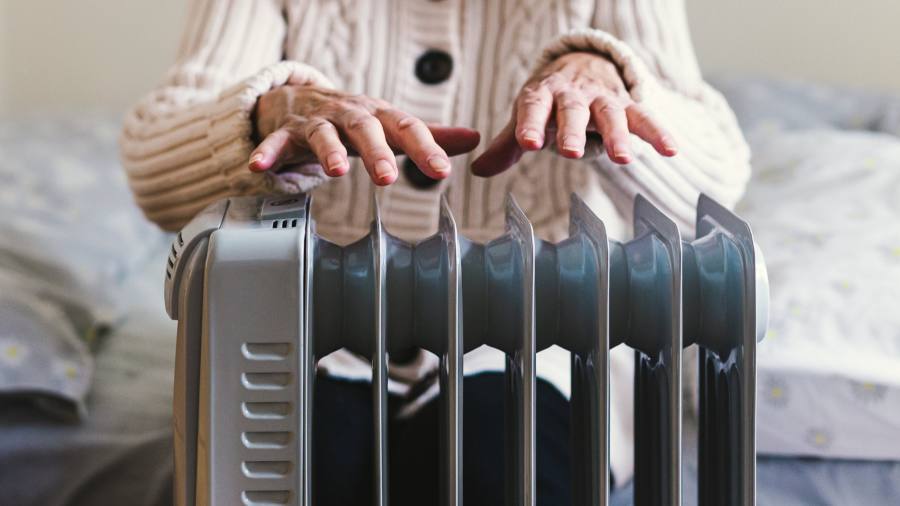
More than half a trillion euros have been pledged since September 2021 by countries across Europe to shield households and businesses from exorbitant energy costs. As the pandemic and then Vladimir Putin’s invasion of Ukraine led to a surge in natural gas prices, governments have briskly rolled out measures including grants, price caps and commuter allowances. The longer the crisis goes on, the more those interventions will need to be fine-tuned to limit expenses and curb energy demand. Britain this week decided to slash and review its two-year energy-price guarantee, while Germany is assessing how to allocate a new €200bn package.
Energy prices will remain high beyond this winter. Estimates suggest annual UK household bills could rise to more than £4,000 in April — from the guarantee of £2,500 on average — when support ends in its current form. While European natural gas prices have fallen recently, they are still forecast to be well above prewar levels for some time. Gas stores will be harder to fill next year with little supply from Russia, and global competition for liquefied natural gas will be fierce.
National policies will need to evolve and strike a difficult balance. This includes targeting those who need support the most, while keeping spending down; at a time when government debt burdens are rising and inflation is near 40-year highs. Above all, while policies need to protect households and businesses, they will need to ensure that price incentives to reduce energy consumption are also adequately upheld, otherwise demand will continue to press against constrained supplies.
Countries have so far taken a range of approaches. In June, Spain and Portugal implemented a cap on the wholesale price of gas, essentially providing a payment to electricity producers to finance part of their fuel cost (EU leaders on Friday endorsed plans for a bloc-wide cap). France has limited increases in the retail price of gas and electricity. Meanwhile, Germany recently outlined a plan to offer lump-sum payments to gas consumers based on a proportion of their historical use.
Each has its pros and cons. Price caps are easily understood, but they reduce incentives to conserve energy. A recent study on Spain’s cap showed it initially led to a more than 40 per cent increase in gas-fired generation. They are also expensive and poorly targeted, helping those who do not need it as much. The IMF advocates letting retail prices rise while protecting the most vulnerable through income relief. This is an ideal approach: it can be easier on the public purse and encourage less energy use. Yet mechanisms to calibrate and disburse cash payments in proportion to need are not always in place.
Providing payments based on need across the income scale could be challenging and expensive, particularly if energy prices remain high. Since energy use tends to increase with income, one approach could be to set tiered tariffs on bills, where the price per unit of energy used increases with usage. Above a certain amount, users would face the market price. Grants could then be provided to the most vulnerable households that have above average energy demands, which can be identified through benefit systems. This would be cheaper than a universal price cap, and retain incentives to conserve energy.
While energy supplies this winter may now seem less precarious, next winter is a concern. Securing new supplies and raising efficiency will remain crucial. As for cushioning the blow to the cost of living, there are difficult trade-offs for policymakers. But what began as emergency measures to ease the pain will need to adapt if countries are to meet the broader financial and energy rationing demands of the crisis.